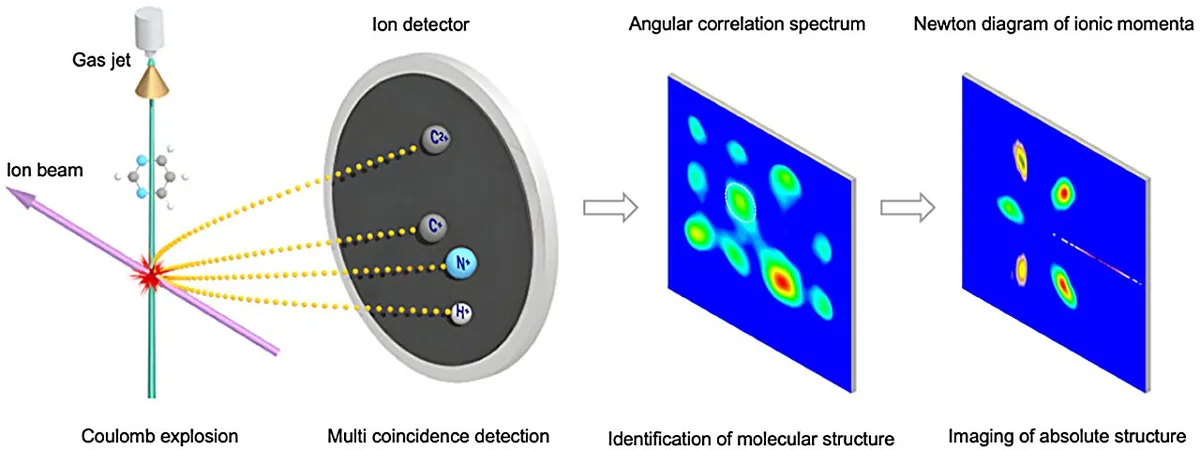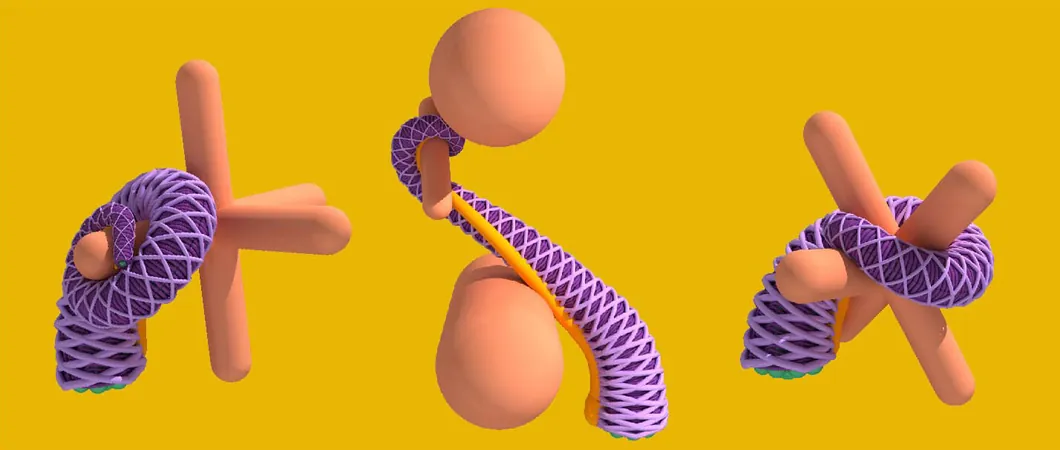
Groundbreaking Technique Unveils Secrets of Complex Molecules with Unmatched Precision!
2024-11-13
Author: Arjun
Groundbreaking Technique Unveils Secrets of Complex Molecules with Unmatched Precision!
In a stunning development, a research team from the Institute of Modern Physics (IMP) of the Chinese Academy of Sciences (CAS) has unveiled a revolutionary method for imaging intricate molecular structures using highly charged ions. Published in Physical Review Letters, this study showcases a pioneering approach known as Coulomb explosion imaging (CEI), which allows scientists to capture detailed images at the atomic level.
Traditionally, CEI has been restricted to simple molecules with just a few atoms due to the limitations of intense laser and X-ray pulses. While recent advancements with ultra-strong pulses have made it possible to examine slightly larger molecules, accurately measuring bond lengths—especially involving hydrogen—has proven to be a formidable challenge.
However, this latest research marks a significant breakthrough. The team succeeded in inducing a Coulomb explosion in C4H4N2 molecules using a high-energy C5+ ion beam, operating at 112.5 eV/u, at the Heavy Ion Research Facility in Lanzhou (HIRFL).
According to Professor Xu Shenyue from IMP, who shared insights as one of the study's lead authors, "By subjecting these complex molecules to a remarkably brief and intense electronic field, we could strip away more than 10 electrons in under a femtosecond. This rapid process is crucial for the precise imaging of hydrogen atoms."
Employing reaction microscopy, the researchers captured ionic fragments—such as H+, C2+, C+, and N+—in real-time. By reconstructing the momentum of these fragments, they achieved high-fidelity imaging not only for hydrogen atoms but also for heavier atoms within the molecules.
The implications of this research are profound: the accelerator-based CEI technique has the capacity to accurately image molecular structures comprising up to 10 atoms. Furthermore, the study offers the intriguing proposition that the angular correlation between these fragments could act as a unique identifier for differentiating between isomeric structures.
This advancement not only enhances our understanding of molecular architecture but also paves the way for future innovations in fields ranging from chemistry to materials science and beyond. Could this be the key to unlocking new cures in medicine or revolutionary materials in engineering? The possibilities seem endless!





 Brasil (PT)
Brasil (PT)
 Canada (EN)
Canada (EN)
 Chile (ES)
Chile (ES)
 España (ES)
España (ES)
 France (FR)
France (FR)
 Hong Kong (EN)
Hong Kong (EN)
 Italia (IT)
Italia (IT)
 日本 (JA)
日本 (JA)
 Magyarország (HU)
Magyarország (HU)
 Norge (NO)
Norge (NO)
 Polska (PL)
Polska (PL)
 Schweiz (DE)
Schweiz (DE)
 Singapore (EN)
Singapore (EN)
 Sverige (SV)
Sverige (SV)
 Suomi (FI)
Suomi (FI)
 Türkiye (TR)
Türkiye (TR)